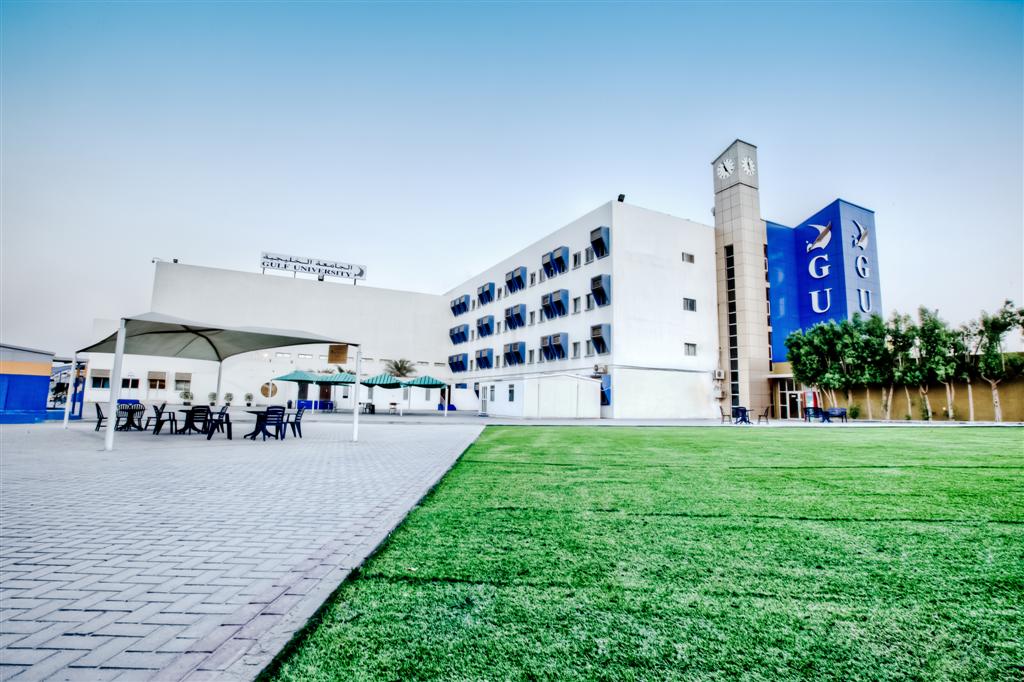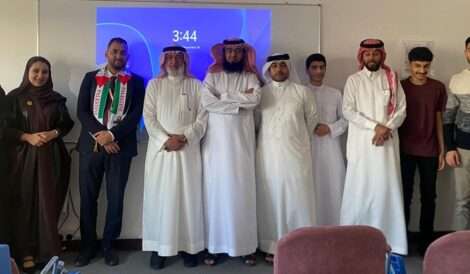The retail industry has undergone a significant transformation with the integration of augmented reality (AR) and virtual reality (VR) technologies into immersive shopping experiences. By providing interactive and personalized encounters, AR and VR technologies have revolutionized how retailers engage with customers, leading to positive relationships.
AR technology empowers customers by displaying product information, reviews, and ratings on both in-store and online items. Customers can visualize products in their own homes, virtually try on clothing, or preview how furniture fits in their space, enabling them to make well-informed purchasing decisions. This level of interactivity ultimately results in happier customers and increased satisfaction.
In contrast, VR technology offers customers a virtual store experience, allowing them to browse and interact with products as if they were physically present. This is particularly beneficial for those unable to visit physical stores or residing in remote areas, enhancing customer satisfaction and engagement. Personalized recommendations and targeted advertising within the virtual store cater for each customer’s unique preferences and interests.
The integration of AR and VR technologies also streamlines the shopping process, reducing the time and effort required for customers to find desired products. These technologies enable easy product searches, price comparisons, and seamless purchases without the need to physically visit multiple stores, providing customers with convenience and efficiency. This enhanced shopping experience is translated into greater satisfaction and overall customer contentment.
Clothing brands, in the same context, have increasingly embraced AR and VR technologies to enhance their customers’ shopping experiences. One popular application of AR technology is virtual try-on, allowing customers to preview clothing items and accessories before making purchases. This technology empowers customers to make informed decisions, resulting in a higher level of happiness with their purchases.
In this blog, we present several examples from the clothing industry where augmented and virtual reality technologies have been professionally employed to enhance customer happiness and comfort.
Nike Fit: Through this app, customers can scan their feet to receive accurate shoe size recommendations and virtually try on different styles. This eliminates the inconvenience of multiple returns due to size issues, leading to a more positive shopping experience.
Warby Parker: This app enables customers to virtually try on various eyeglass frames from the comfort of their homes which eliminates the need to physically visit a store and try on numerous pairs, increasing convenience and satisfaction.
ASOS: offers an AR app that allows customers to see how clothes would look on their bodies based on their height and size. This provides better visualization of different styles and fits, reducing the chances of disappointment upon receiving the actual garment.
Farfetch: In collaboration with Snapchat, Farfetch launched an AR experience where users can virtually try on clothes from specific collections. This interactive and engaging way to explore fashion trends generates excitement and satisfaction during the shopping journey.
Gucci: This app enables users to virtually try on sneakers using AR. Customers can view the shoes from different angles and in various settings, offering a more realistic sense of how the product looks in real life and leading to more confident purchase decisions.
Levi’s: is partnered with a company called “Threads” to release an AR app where users can virtually try on jeans and see how different fits and washes would look on their bodies based on their size and body type. This personalized experience reduces uncertainty and increases confidence in choosing the right pair of jeans.
Gap: is a “Style Stage” AR app that allows customers to virtually try on clothes and accessories in different environments, such as a night out or a casual brunch. This helps users visualize how an outfit might look in real-world settings, leading to more informed and satisfying purchases.
Zegna: This luxury brand offers a VR experience where users can enter a virtual showroom and “walk through” a collection of clothing items. customers can zoom in on details, rotate garments, and even see different color options, creating a highly immersive and engaging shopping experience that fosters brand connection and satisfaction.
Amazon: recently introduced “Echo Look,” a smart device with a built-in camera that enables users to take full-body photos and videos of themselves in different outfits. The device uses AI to analyze the fit and style of the clothes and offers personalized recommendations. This innovative approach empowers customers to experiment with different styles and find clothes that flatter their figure, boosting their confidence and satisfaction.
Tommy Hilfiger: This “Tommy Jeans Play” app utilizes AR to transform a user’s physical environment into a virtual space showcasing various clothing items. Users can interact with these items, such as changing colors and patterns, and even share their virtual outfits on social media. This playful and interactive experience fosters engagement and satisfaction, particularly among younger consumers.
Zara: Despite not having a dedicated app, Zara has experimented with AR technology in certain store locations. Through interactive displays, customers could virtually try on specific items by scanning QR codes. This pilot program provides a glimpse into the potential of AR within their physical stores.
Lacoste: This “Style Snap” app allows users to upload a full-body photo and virtually try on different Lacoste t-shirts. This app focuses on a specific type of garment and offers a simple and accessible solution for customers to visualize various options.
All these experiences enable customers to make informed purchasing decisions by simulating reality through virtual and augmented reality technologies. As a result, customers experience increased happiness while shopping and are satisfied with the rich shopping experiences provided by different brands.




